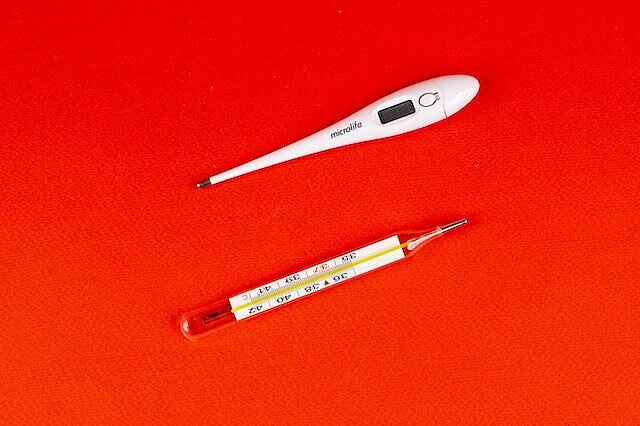Arsenic

What is arsenic?
Arsenic is a semi-metal that exists in various compounds. There are organic arsenic compounds, which contain carbon, and inorganic arsenic compounds, which do not contain carbon. Organic arsenic compounds are mainly found in plants and animals, while inorganic arsenic compounds are mainly found in rocks, soils and water.
Arsenic has various applications in industry, agriculture and medicine. For example, it is used to preserve wood, alloy metals, produce pesticides and herbicides or as a homeopathic remedy for various ailments.
How does arsenic affect dogs?
The effect of arsenic on dogs depends on the type, amount and duration of exposure. Organic arsenic compounds are generally less toxic than inorganic arsenic compounds. Ingestion of small amounts of organic arsenic can even be beneficial to dogs as it promotes blood formation and strengthens the immune system.
However, ingesting large amounts or prolonged exposure to inorganic arsenic can cause serious health problems. The symptoms of arsenic poisoning can include
- Vomiting
- diarrhea
- abdominal pain
- loss of appetite
- weight loss
- weakness
- tremors
- cramps
- shortness of breath
- Cardiac arrhythmia
- shock
Chronic exposure to inorganic arsenic can also lead to skin changes, hair loss, liver and kidney damage or cancer.
What are the advantages and disadvantages of arsenic as an ingredient for dogs?
As you can see, arsenic as an ingredient for dogs has both advantages and disadvantages. The advantages are:
- Organic arsenic can support blood formation and the immune system.
- Organic arsenic can be used as a homeopathic remedy for various ailments.
The disadvantages are:
- Inorganic arsenic is very toxic and can lead to acute or chronic poisoning.
- Inorganic arsenic can occur in the environment or in the food of dogs and can be ingested unnoticed.
- Inorganic arsenic can be difficult to detect and requires rapid treatment.
Arsenic is a chemical element with different forms and properties. It can be both beneficial and harmful, depending on how it is used and how much is ingested. Organic arsenic can be beneficial for dogs, while inorganic arsenic is very dangerous. As a dog owner, you should therefore make sure that your dog is not exposed to or ingesting inorganic arsenic. If you suspect that your dog has arsenic poisoning, you should see a vet immediately.
Properties 7
Are you looking for other ingredients with a specific property?
Just click on them to find more.
If you notice any signs of hypersensitivity or poisoning in your dog, you should see your vet immediately. We are not a substitute for a vet, but we try to be as accurate as possible. Every dog reacts differently and we recommend you get a second opinion or consult your vet if in doubt.
Stay healthy and take good care of your four-legged friend!😊
Similar to Arsenic
What is mercury? Mercury is a silver-white, liquid metal that occurs in nature. It is used for various purposes, for example in thermometers, batteries or fluorescent lamps. However, mercury can also...
Cadmium is a silvery-white metal that is chemically similar to zinc. It has a low melting point and is easily malleable. Cadmium is mainly used for batteries, alloys, paints and plastics. However,...
Thallium is a chemical element with the symbol Tl and atomic number 81. It is a soft, grayish-white metal that was historically used in rat poisons and insecticides. Due to its high toxicity, most...
Strontium is a silver-white metal that belongs to the alkaline earth metals. It reacts easily with oxygen and water, forming various compounds such as strontium carbonate or strontium nitrate. In...


